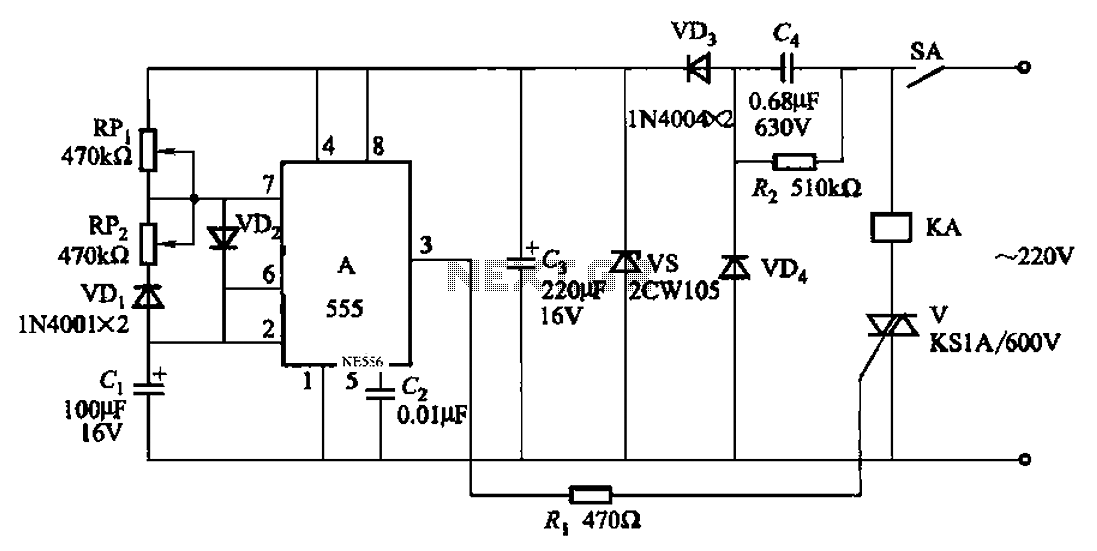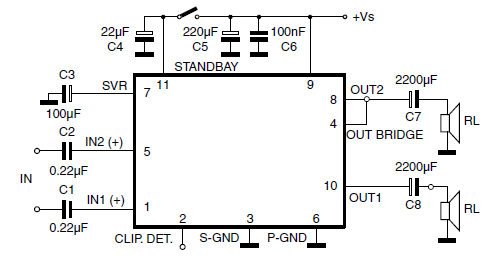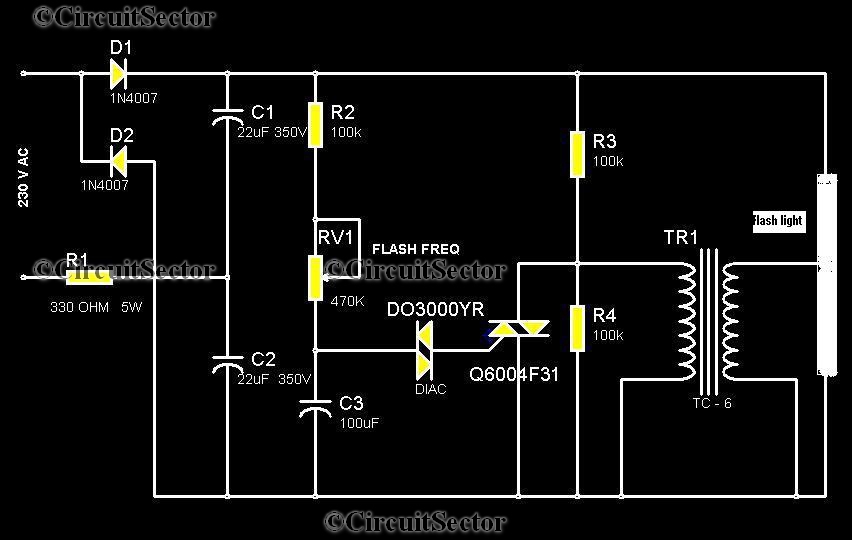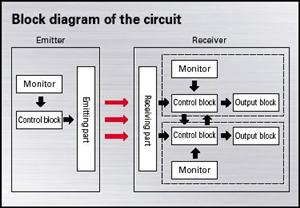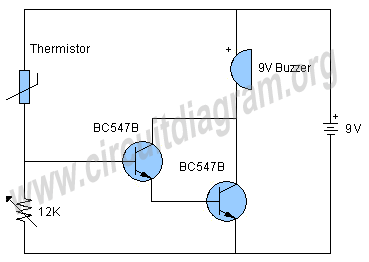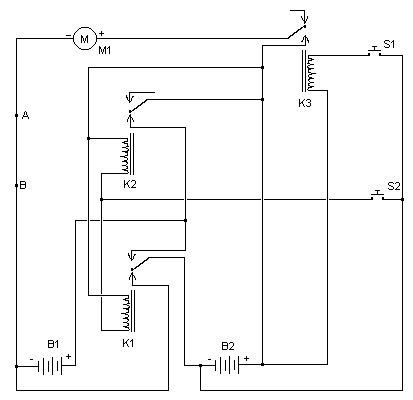
5A H-Bridge Module Pinout Circuit Schematic for Bipolar DC Motor
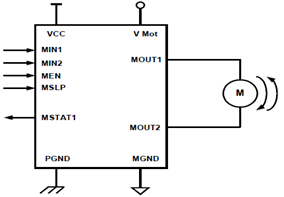
The schematic presented illustrates a 5A H-Bridge Module designed for the operation of a single Bipolar DC motor. The H-Bridge Module includes a header set (J2) and a connector terminal set (J1). Below is the pinout description for the J2 interface of the H-Bridge module.
The 5A H-Bridge Module serves as a critical component in controlling the direction and speed of a Bipolar DC motor. It allows for bidirectional control of the motor by enabling the flow of current in either direction through the motor windings. The H-Bridge configuration typically consists of four switches (transistors or MOSFETs) arranged in an "H" pattern, which facilitates the reversal of current flow.
The J1 connector terminal set is used for power supply and motor connections, while the J2 header set provides an interface for control signals. The J2 pinout typically includes pins for PWM (Pulse Width Modulation) control, direction control, and ground connections. The PWM signal modulates the effective voltage supplied to the motor, allowing for speed control, while the direction control pin determines the rotation direction of the motor.
In practical applications, the H-Bridge Module can be interfaced with microcontrollers or other control circuits to achieve precise motor control. Proper heat dissipation measures, such as heat sinks or fans, may be necessary to prevent overheating during operation, especially under high load conditions. Additionally, the module may include features such as overcurrent protection and thermal shutdown to enhance reliability and safety during motor operation.The schematic herein appears a 5A H-Bridge Module for the working of one Bipolar DC motor. H-Bridge Module consists of one set header (J2) and one set connector terminal (J1). And here are the J2 pinout description of H-Bridge module interface:. 🔗 External reference
The 5A H-Bridge Module serves as a critical component in controlling the direction and speed of a Bipolar DC motor. It allows for bidirectional control of the motor by enabling the flow of current in either direction through the motor windings. The H-Bridge configuration typically consists of four switches (transistors or MOSFETs) arranged in an "H" pattern, which facilitates the reversal of current flow.
The J1 connector terminal set is used for power supply and motor connections, while the J2 header set provides an interface for control signals. The J2 pinout typically includes pins for PWM (Pulse Width Modulation) control, direction control, and ground connections. The PWM signal modulates the effective voltage supplied to the motor, allowing for speed control, while the direction control pin determines the rotation direction of the motor.
In practical applications, the H-Bridge Module can be interfaced with microcontrollers or other control circuits to achieve precise motor control. Proper heat dissipation measures, such as heat sinks or fans, may be necessary to prevent overheating during operation, especially under high load conditions. Additionally, the module may include features such as overcurrent protection and thermal shutdown to enhance reliability and safety during motor operation.The schematic herein appears a 5A H-Bridge Module for the working of one Bipolar DC motor. H-Bridge Module consists of one set header (J2) and one set connector terminal (J1). And here are the J2 pinout description of H-Bridge module interface:. 🔗 External reference
